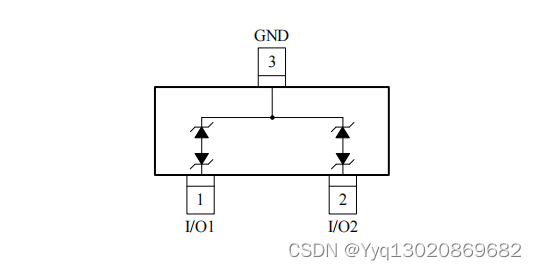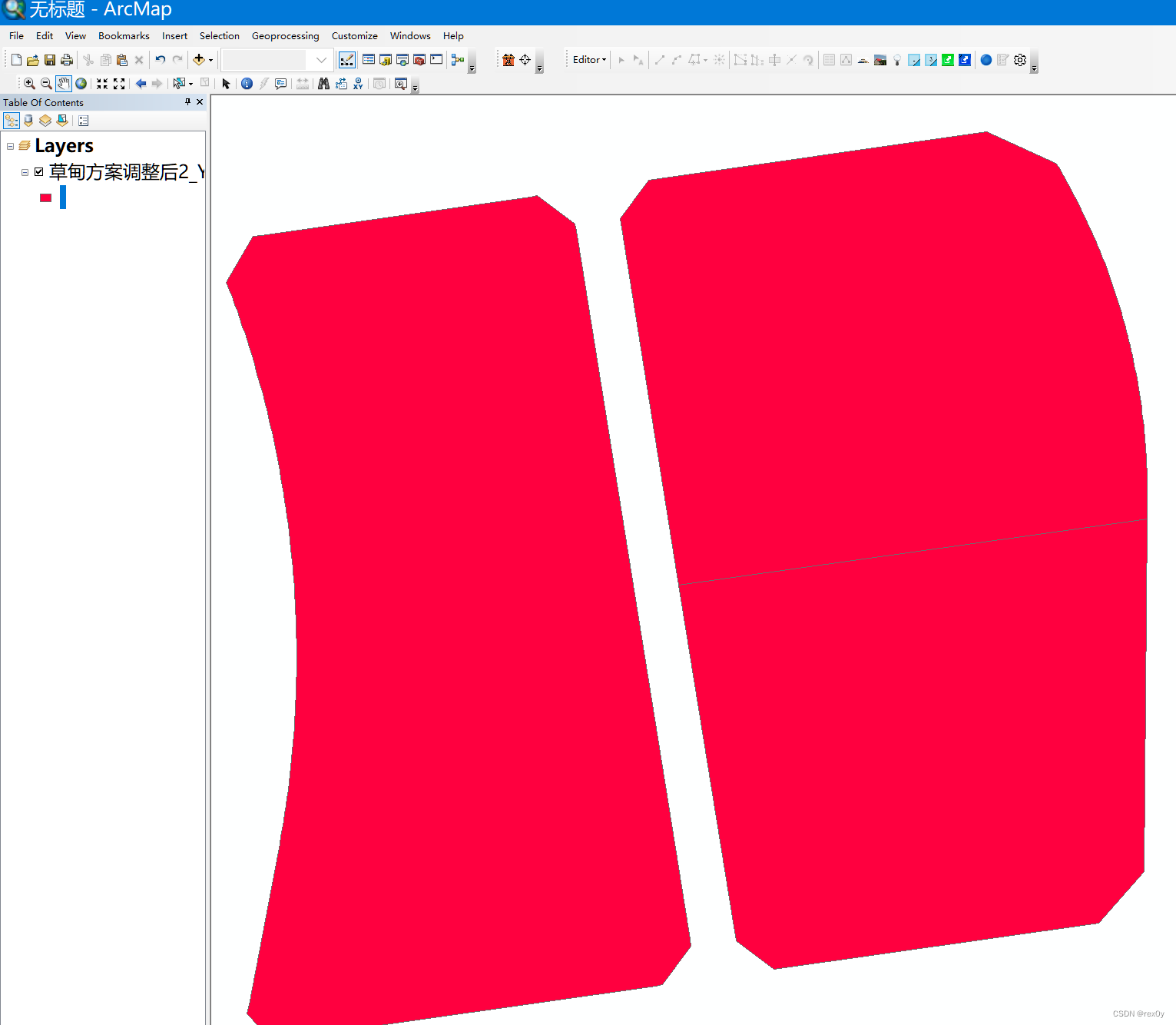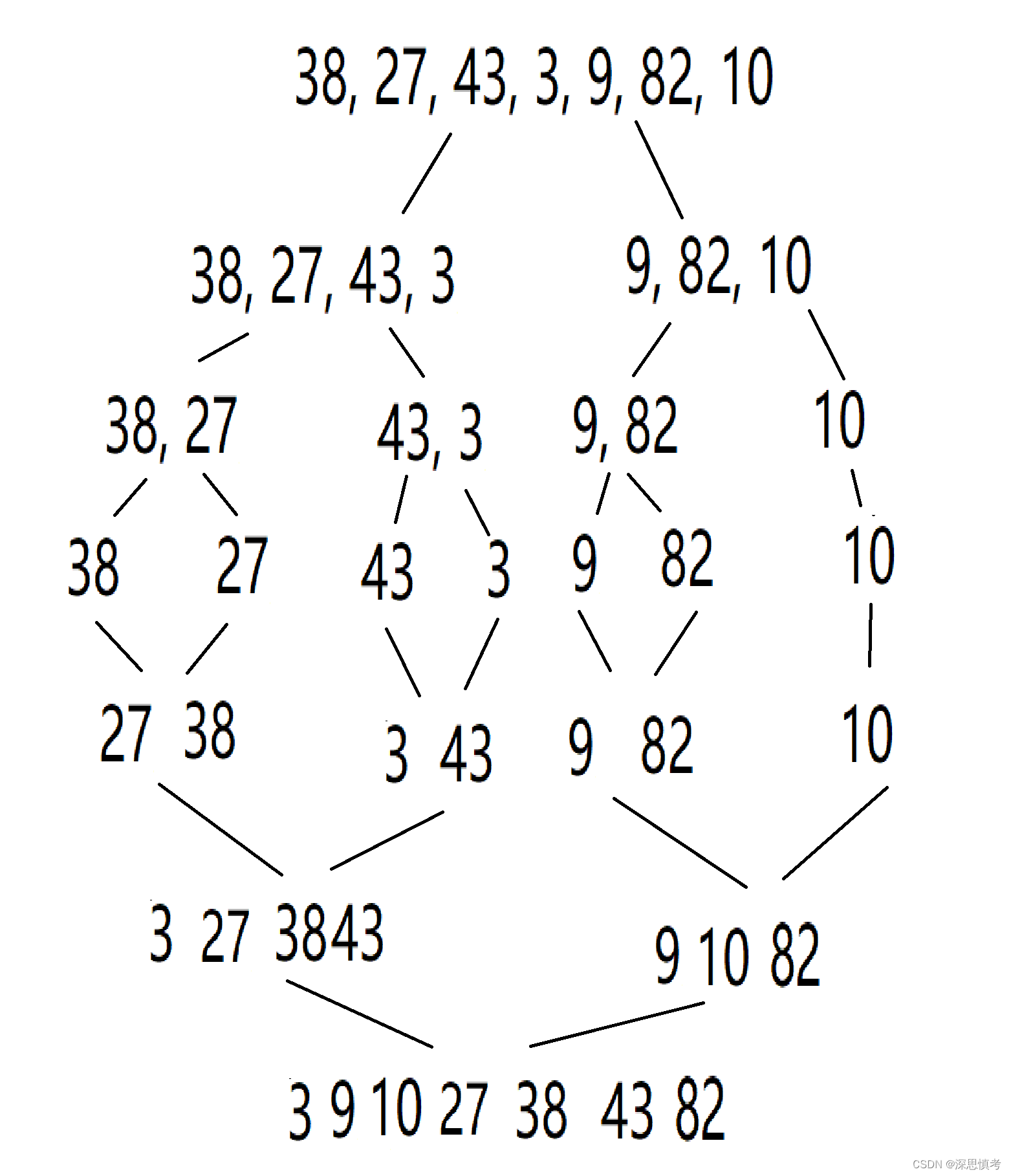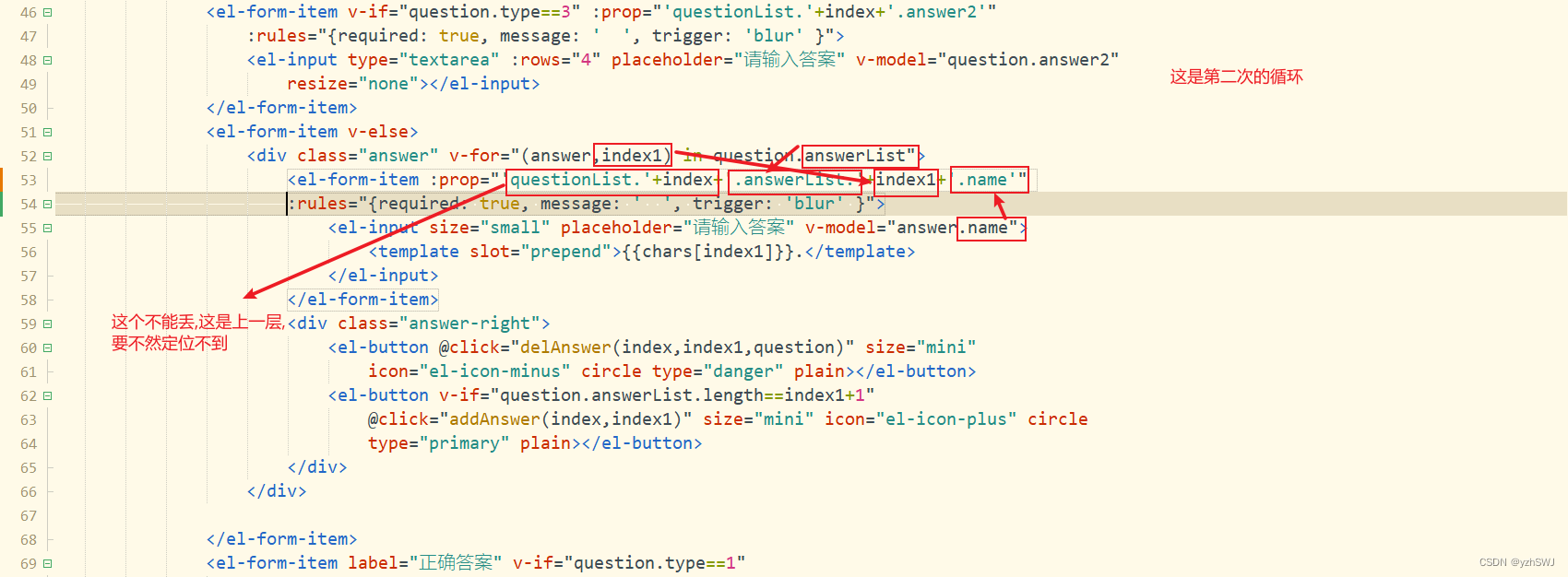前言
在本文中,我们将探讨如何使用 Python 和 OpenCV 库来检测图像中的水平线,并对图像进行旋转校正以使这些线条水平。这种技术可广泛应用于文档扫描、建筑摄影校正以及机器视觉中的各种场景。
环境准备
首先,确保您的环境中安装了 OpenCV 库。如果还没有安装,可以通过以下命令安装,要注意尽管代码里我们都是使用的cv2,但是安装包要选opencv-python:
pip install opencv-python
试验效果
原始图像

找出水平线

基于统计角度旋转

步骤概述
- 图像加载与预处理:加载图像,转换为灰度图,然后使用 Canny 算法检测边缘。
- 线条检测:应用霍夫变换来识别图像中的线条。
- 水平线条筛选:过滤出接近水平的线条。
- 线条可视化:在图像上绘制检测到的水平线。
- 计算需要的旋转角度:计算线条的加权平均角度,以确定图像应旋转的角度。
- 图像旋转校正:根据计算出的角度旋转图像,以校正线条至水平。
详细实现
- 图像加载与预处理
加载图像并将其转换为灰度图,这是大多数图像处理任务的常见做法,因为它简化了接下来的处理步骤。
image = cv2.imread('test.png') # 读取图片
gray = cv2.cvtColor(image, cv2.COLOR_BGR2GRAY) # 转换成灰度图像
- 边缘检测
使用 Canny 算法进行边缘检测,这是一种广泛使用的边缘检测算法,因为它有效地识别图像中的线条和边缘。
edges = cv2.Canny(gray, 50, 150, apertureSize=3)
参数详解
gray:这是输入图像,Canny 边缘检测通常在灰度图像上进行,因为边缘检测是基于图像亮度变化的。
50:第一个阈值用于边缘检测的低阈值。这是用于Canny算法中的双阈值过程的较低边界。低于此阈值的像素点不会被视为边缘。
150:第二个阈值用于边缘检测的高阈值。这是用于Canny算法中的双阈值过程的较高边界。高于此阈值的像素点将被视为边缘的强候选者。
apertureSize=3:这是用于内部边缘检测的Sobel算子的大小。apertureSize定义了计算图像梯度所用的Sobel核的大小。常用的尺寸是3,但也可以使用更大的尺寸如5或7,这在处理较大的边缘时可以提供更平滑的结果。
- 线条检测与筛选
通过霍夫变换检测线条,然后筛选出接近水平的线条。我们定义了一个函数 filter_horizontal_lines,它计算每条线的角度,并筛选出角度小于设定阈值的线条。
def filter_horizontal_lines(lines, angle_threshold=10):
horizontal_lines = []
if lines is not None:
for line in lines:
x1, y1, x2, y2 = line[0]
angle = np.degrees(np.arctan2(y2 - y1, x2 - x1))
if abs(angle) < angle_threshold:
horizontal_lines.append(line)
return horizontal_lines
lines = cv2.HoughLinesP(edges, 1, np.pi / 180, 100, minLineLength=100, maxLineGap=10)
horizontal_lines = filter_horizontal_lines(lines)
HoughLinesP参数说明
# HoughLinesP使用概率霍夫变换检测图像中的线段 (注意HoughLines和HoughLinesP是两个函数方法)
lines = cv2.HoughLinesP(
edges, # 边缘图像,通常是Canny边缘检测的输出
1, # rho - 累加器的距离精度,以像素为单位
np.pi / 180, # theta - 累加器的角度精度,以弧度为单位
100, # threshold - 累加器的阈值,仅返回大于此阈值的线段
minLineLength=100, # minLineLength - 线段的最小长度
maxLineGap=10 # maxLineGap - 同一线条上允许的最大间隙
)
- 计算旋转角度
我们定义了一个函数 calculate_average_angle,它计算所有检测到的水平线条的加权平均角度。这个角度将用于图像旋转校正。注意这里的np.average(angles, weights=lengths)使用了加权,也就是这个函数会基于找到的线段长度,进行角度的加权平均,如果你只是单纯的关注线段的所有角度,可以删掉weights这个参数。
def calculate_average_angle(lines):
"""
计算线条的加权平均角度。
参数:
lines (list): 包含线条的列表,每条线条由两个点的坐标表示,格式为 [x1, y1, x2, y2]。
返回:
float: 线条的加权平均角度,以度为单位。如果没有符合条件的线条,则返回 0。
"""
angles = []
lengths = []
if lines:
for line in lines:
x1, y1, x2, y2 = line[0]
# 计算线条的长度
length = np.sqrt((x2 - x1) ** 2 + (y2 - y1) ** 2)
# 计算线条的角度,以度为单位
angle = np.degrees(np.arctan2(y2 - y1, x2 - x1))
# 角度校正,确保处理的角度是接近水平的
if abs(angle) > 90:
angle -= 180
# 只考虑接近水平的线条
if abs(angle) < 20: # 可调整此阈值以更好地适应具体情况
angles.append(angle)
lengths.append(length)
# 计算加权平均角度
if lengths:
average_angle = np.average(angles, weights=lengths)
else:
average_angle = 0
return average_angle
average_angle = calculate_average_angle(horizontal_lines) # 调用函数完成平均角度计算
- 图像旋转校正
最后,我们基于返回的角度,旋转图像,使线条尽可能水平。我们使用 OpenCV 提供的仿射变换函数 cv2.warpAffine 来完成这个任务。
def rotate_image(image, angle):
(h, w) = image.shape[:2]
center = (w // 2, h // 2)
M = cv2.getRotationMatrix2D(center, angle, 1.0)
rotated = cv2.warpAffine(image, M, (w, h))
return rotated
rotated_image = rotate_image(image, average_angle)
cv2.imwrite('rotated_image.jpg', rotated_image)
代码纯享版
import cv2
import numpy as np
def filter_horizontal_lines(lines, angle_threshold=10):
horizontal_lines = []
if lines is not None:
for line in lines:
x1, y1, x2, y2 = line[0]
angle = np.degrees(np.arctan2(y2 - y1, x2 - x1))
if abs(angle) < angle_threshold:
horizontal_lines.append(line)
return horizontal_lines
#
#
def calculate_average_angle(lines):
angles = []
lengths = []
if lines:
for line in lines:
x1, y1, x2, y2 = line[0]
length = np.sqrt((x2 - x1) ** 2 + (y2 - y1) ** 2)
angle = np.degrees(np.arctan2(y2 - y1, x2 - x1))
# 角度校正,确保处理的角度是接近水平的
if abs(angle) > 90:
angle -= 180
# 只考虑接近水平的线条
if abs(angle) < 20: # 可调整此阈值以更好地适应具体情况
angles.append(angle)
lengths.append(length)
# 计算加权平均角度
if lengths:
average_angle = np.average(angles, weights=lengths)
else:
average_angle = 0
return average_angle
# def calculate_average_angle(lines):
# angles = []
# lengths = []
# filtered_lines = []
#
# if lines:
# # 计算每条线的长度和角度
# for line in lines:
# x1, y1, x2, y2 = line[0]
# length = np.sqrt((x2 - x1) ** 2 + (y2 - y1) ** 2)
# angle = np.degrees(np.arctan2(y2 - y1, x2 - x1))
#
# # 角度校正,确保处理的角度是接近水平的
# if abs(angle) > 90:
# angle -= 180
# if abs(angle) < 20: # 只考虑接近水平的线条
# filtered_lines.append((angle, length))
#
# # 按长度排序,并取最长的前9条线
# filtered_lines.sort(key=lambda x: x[1], reverse=True)
# top_lines = filtered_lines[:9]
#
# # 分割角度和长度
# angles, lengths = zip(*top_lines) if top_lines else ([], [])
#
# # 计算加权平均角度
# if lengths:
# average_angle = np.average(angles, weights=lengths)
# else:
# average_angle = 0
#
# return average_angle
# 使用此函数时,确保传入的lines是过滤后只包含接近水平的线条
def draw_lines(image, lines):
for line in lines:
x1, y1, x2, y2 = line[0]
cv2.line(image, (x1, y1), (x2, y2), (0, 255, 0), 3)
return image
def rotate_image(image, angle):
(h, w) = image.shape[:2]
center = (w // 2, h // 2)
M = cv2.getRotationMatrix2D(center, angle, 1.0)
rotated = cv2.warpAffine(image, M, (w, h))
return rotated
# 加载图像
image = cv2.imread('test.png')
# 转换为灰度图
gray = cv2.cvtColor(image, cv2.COLOR_BGR2GRAY)
# 边缘检测
edges = cv2.Canny(gray, 50, 150, apertureSize=3)
# 使用霍夫变换检测线条
lines = cv2.HoughLinesP(edges, 1, np.pi / 180, threshold=100, minLineLength=100, maxLineGap=10)
# 过滤出横向线条
horizontal_lines = filter_horizontal_lines(lines)
# 在原图上绘制检测到的横向线条
image_with_lines = draw_lines(np.copy(image), horizontal_lines)
# 保存带线条的图像
cv2.imwrite('image_with_horizontal_lines.jpg', image_with_lines)
# 计算线条的加权平均角度
average_angle = calculate_average_angle(horizontal_lines)
print("计算得到的加权平均角度为:", average_angle)
# 旋转整个图像使线条水平
rotated_image = rotate_image(image, average_angle) # 根据角度旋转 正角度表示逆时针旋转,而负角度表示顺时针旋转
# 保存旋转后的图像
cv2.imwrite('rotated_image.jpg', rotated_image)
print("旋转后的图像已保存为 'rotated_image.jpg'")
结论
通过上述步骤,我们能够自动检测并校正图像中的水平线,这对于许多自动化处理任务来说是非常有用的。本文介绍的方法仅依赖于 OpenCV,易于实现且效果显著。了解相关函数,通过适当调整参数,该技术可以适应不同的应用需求和条件。


















